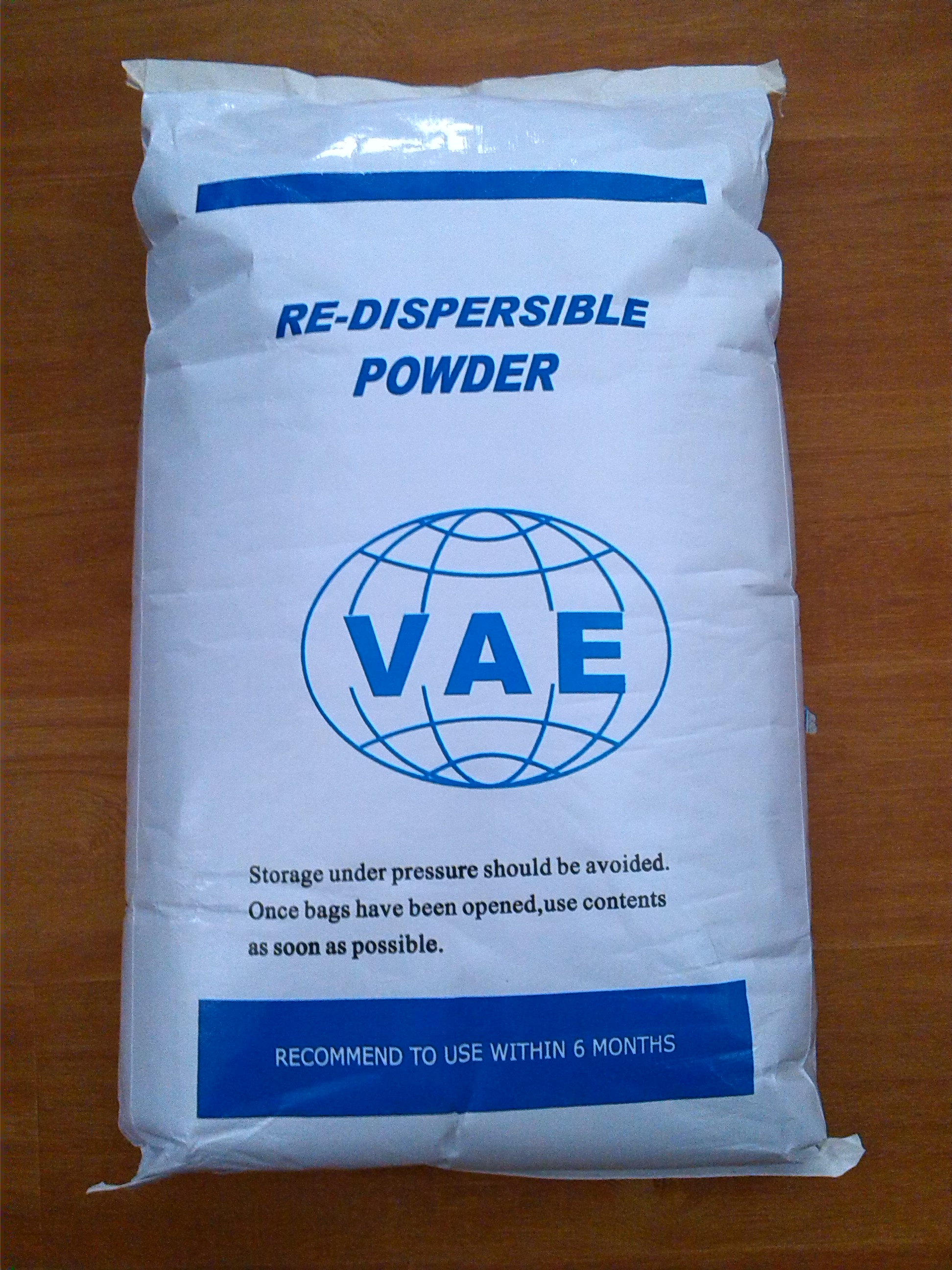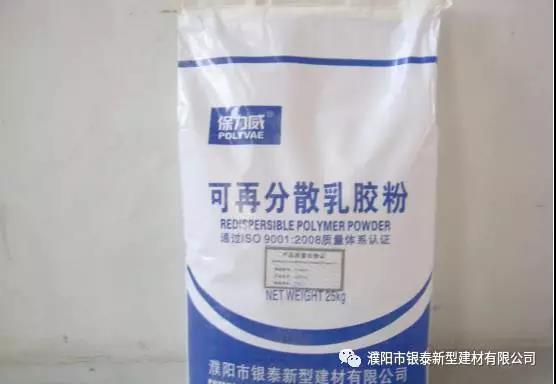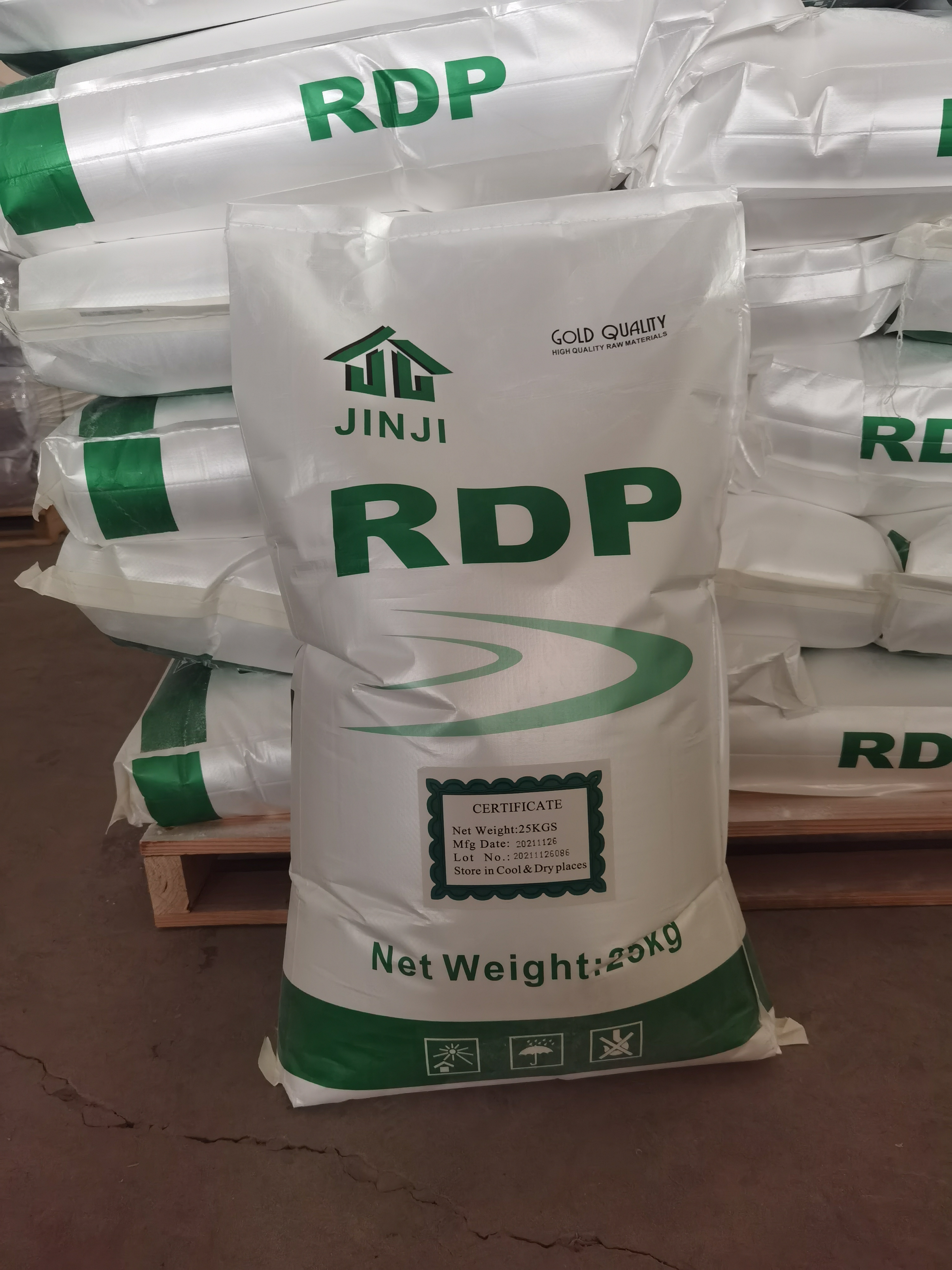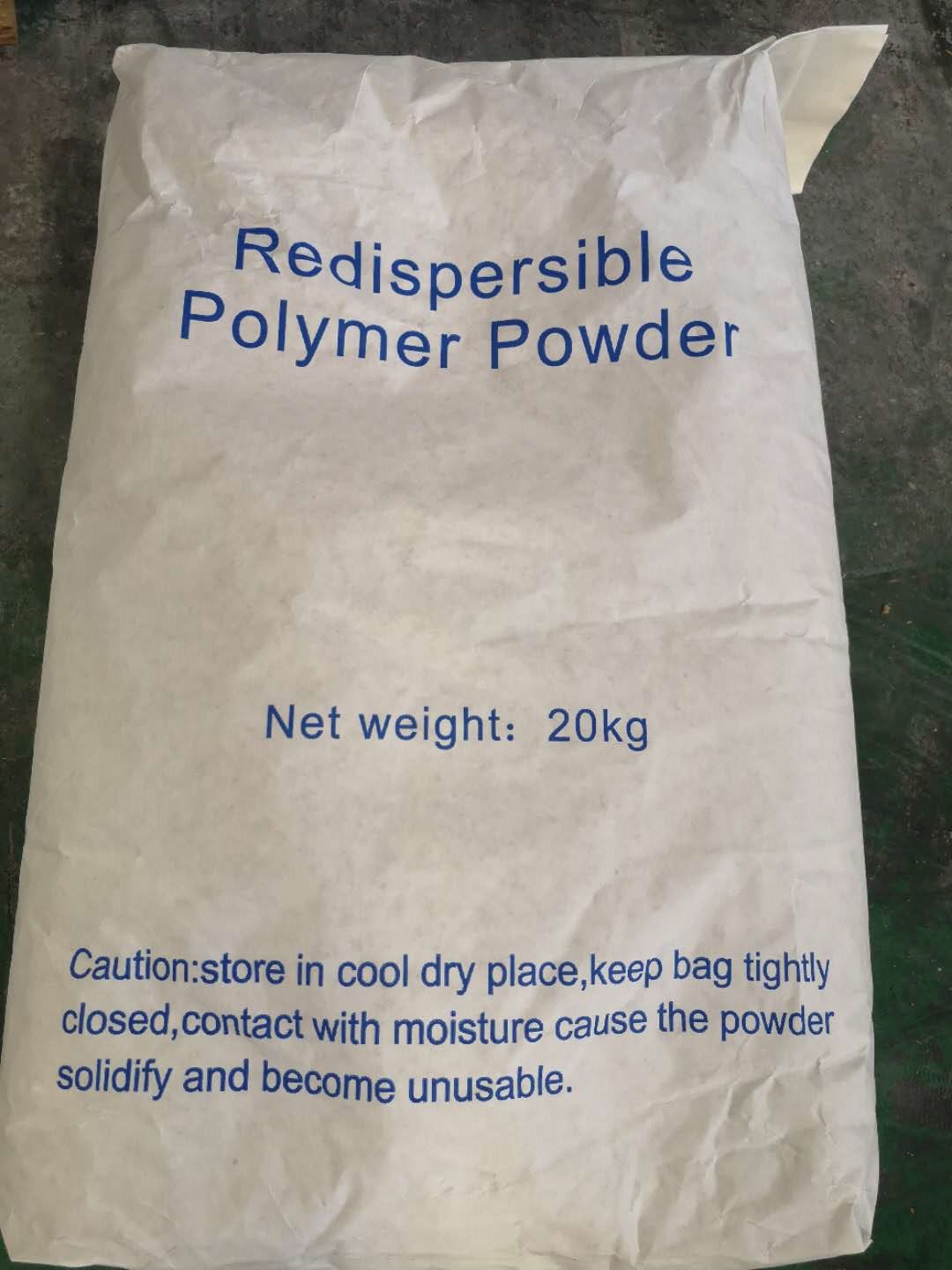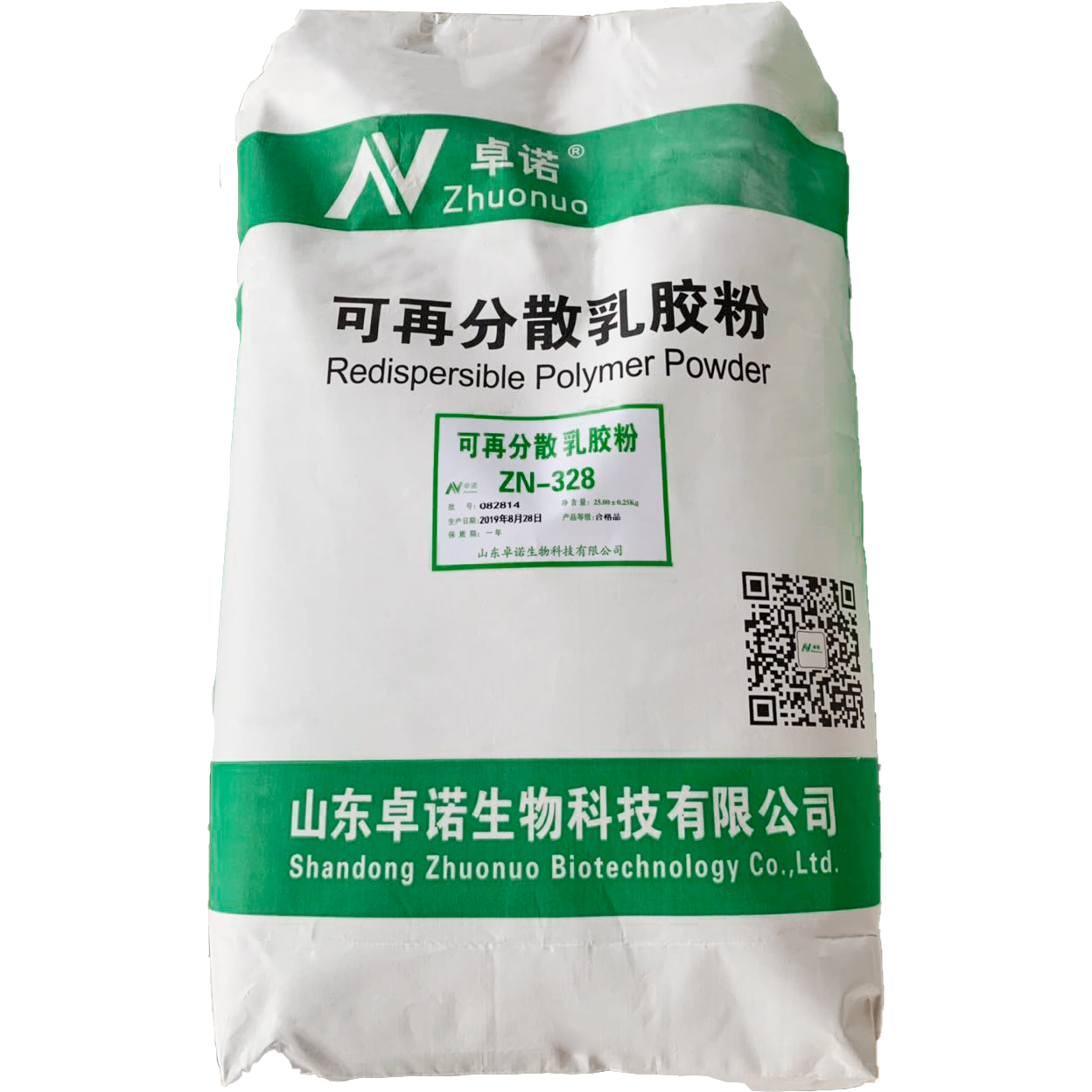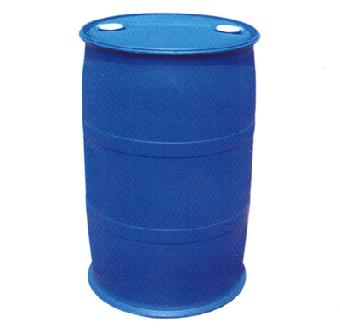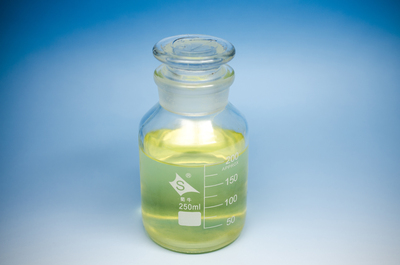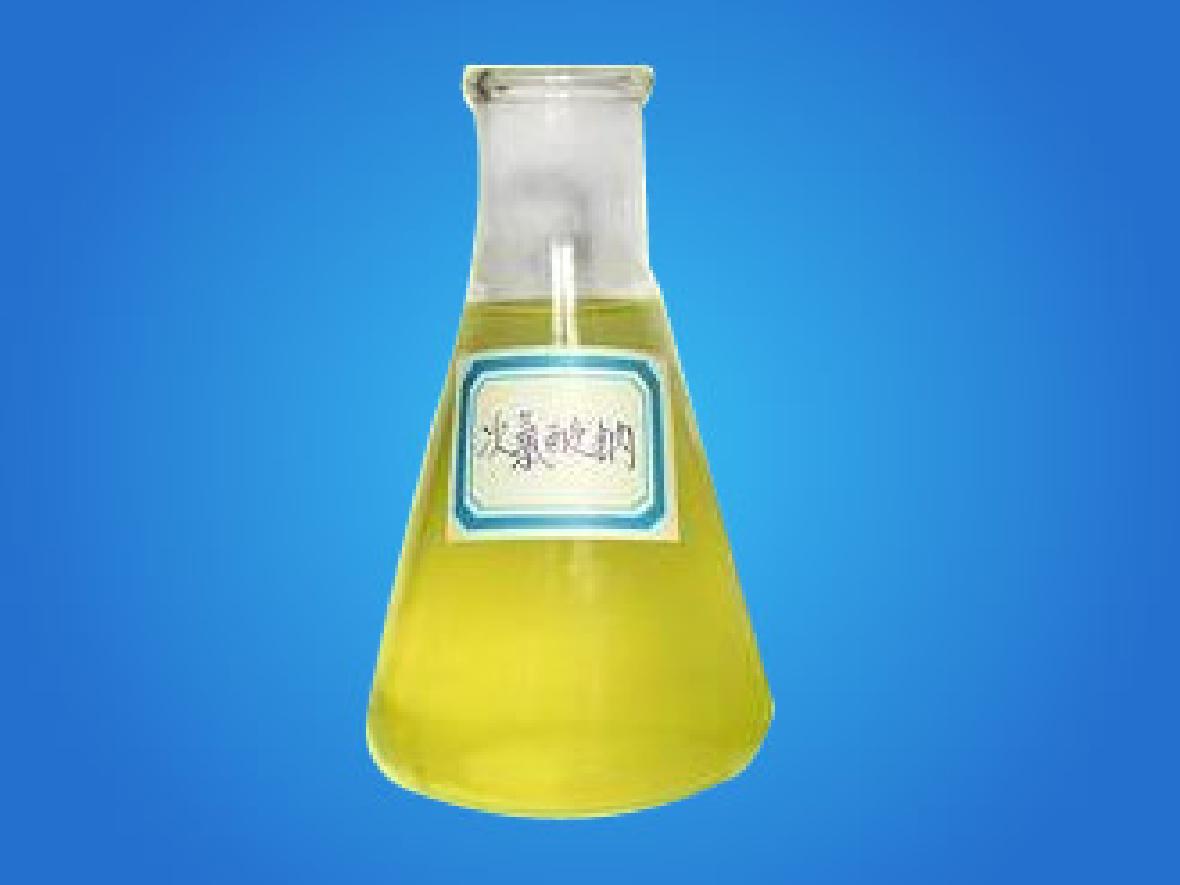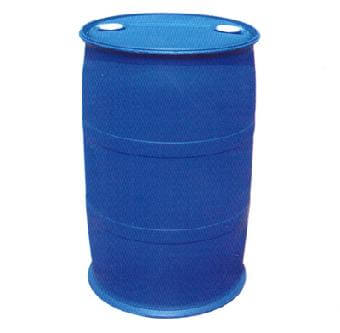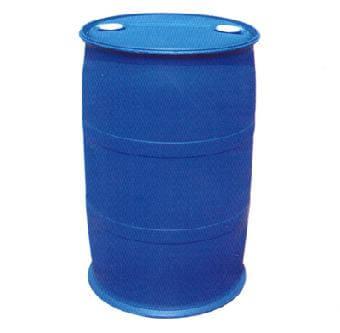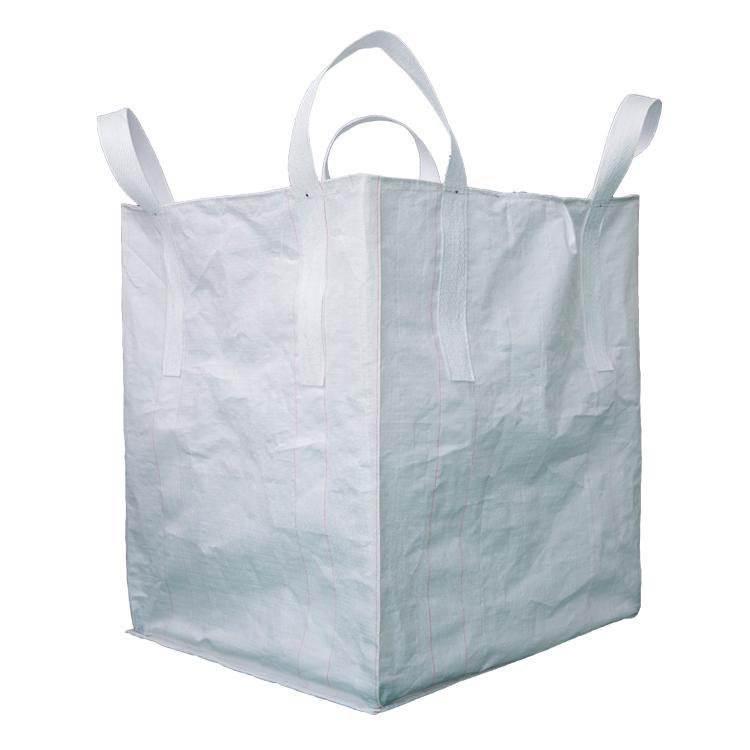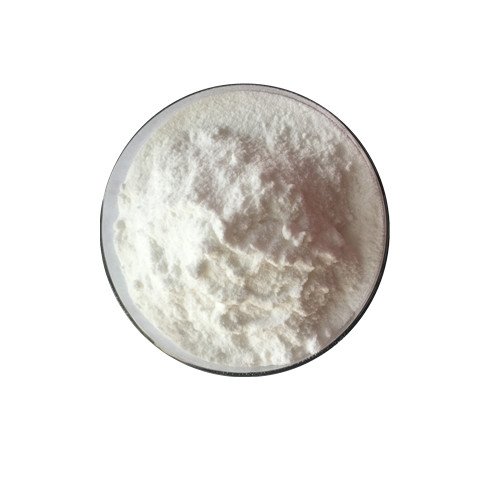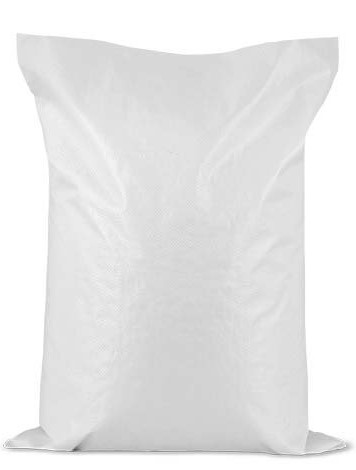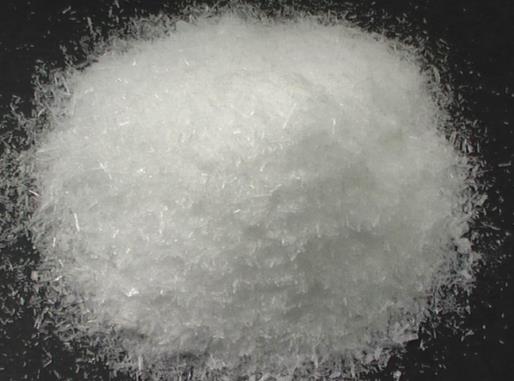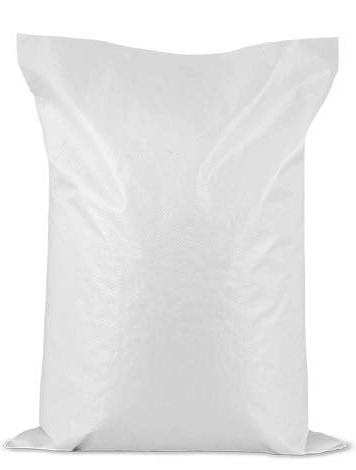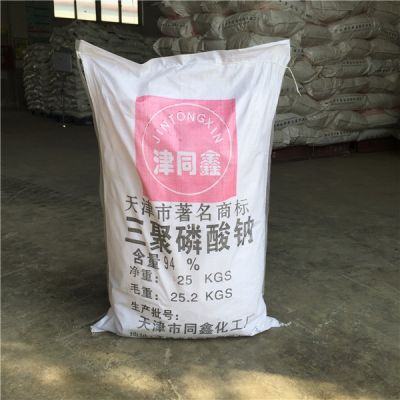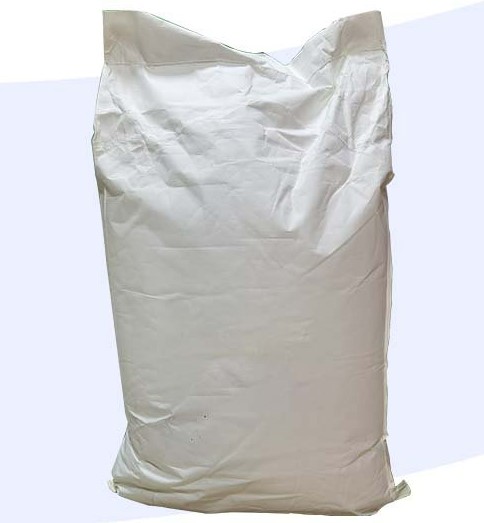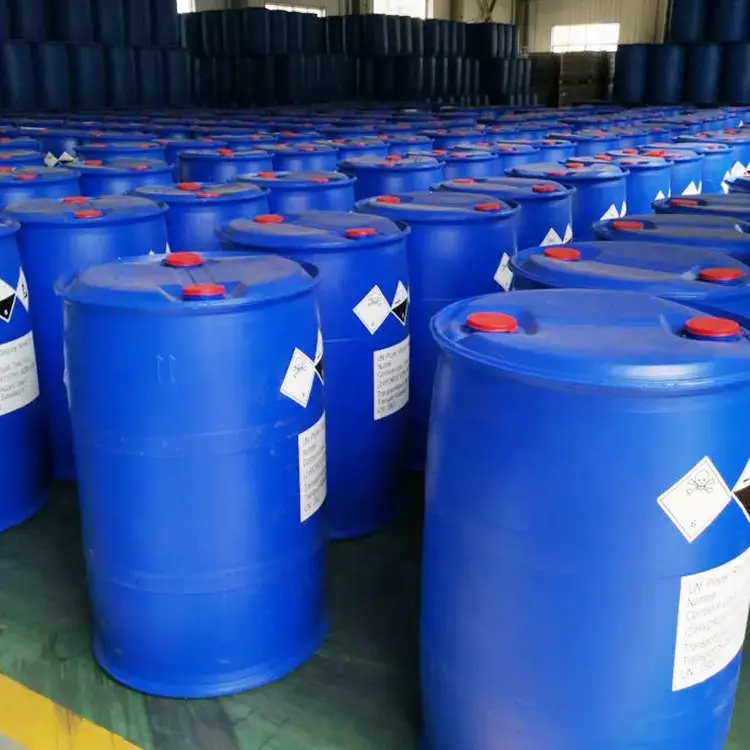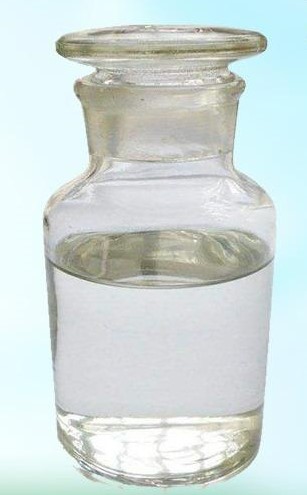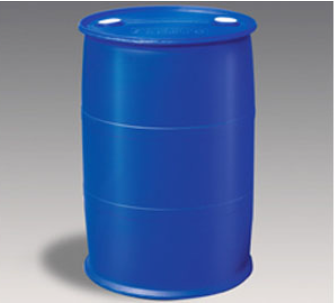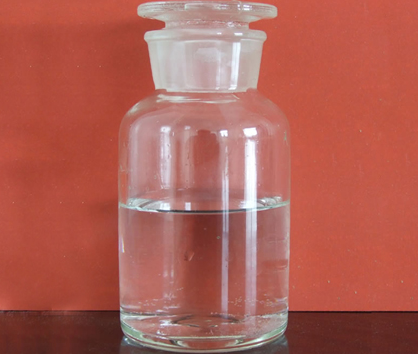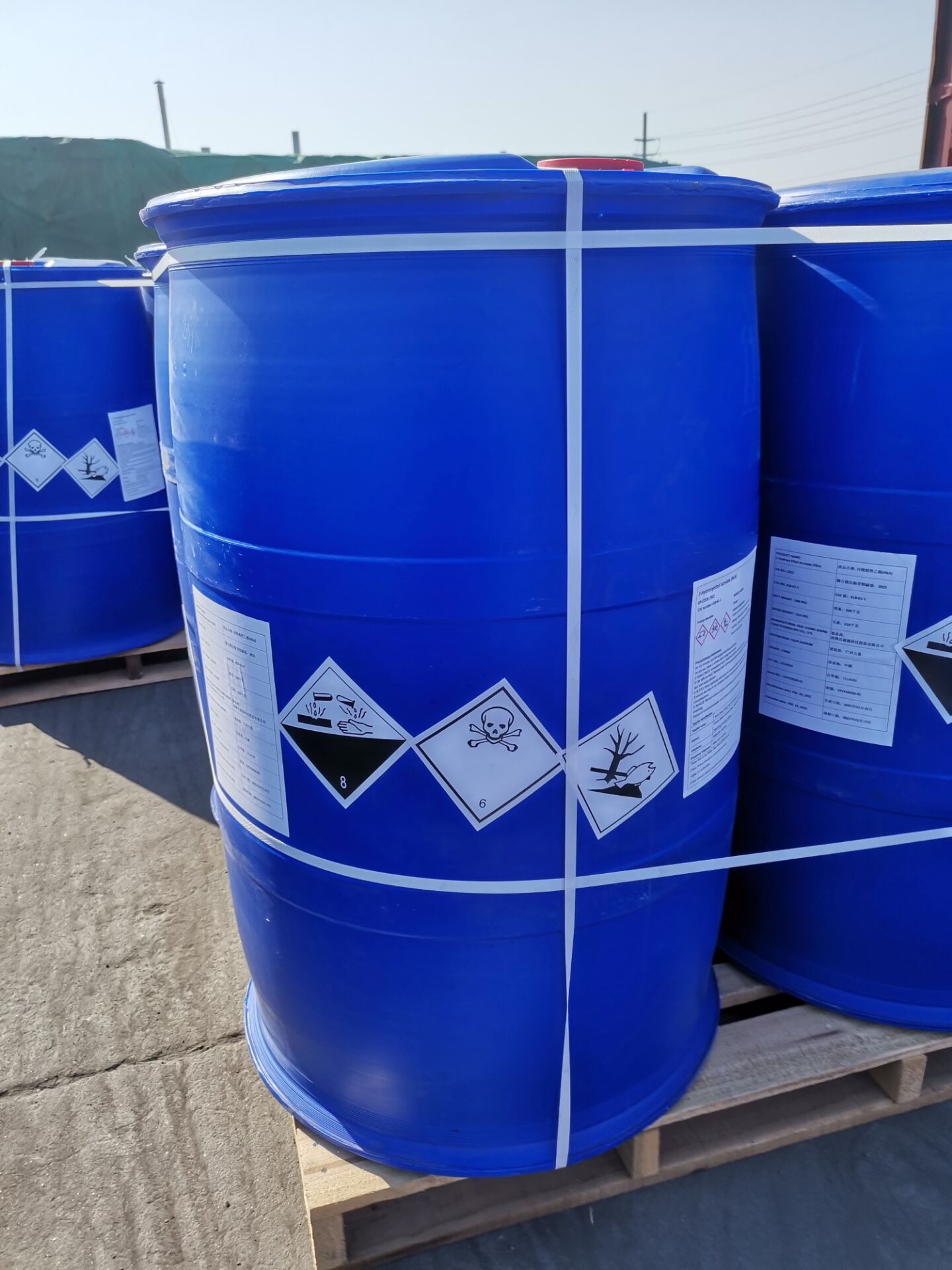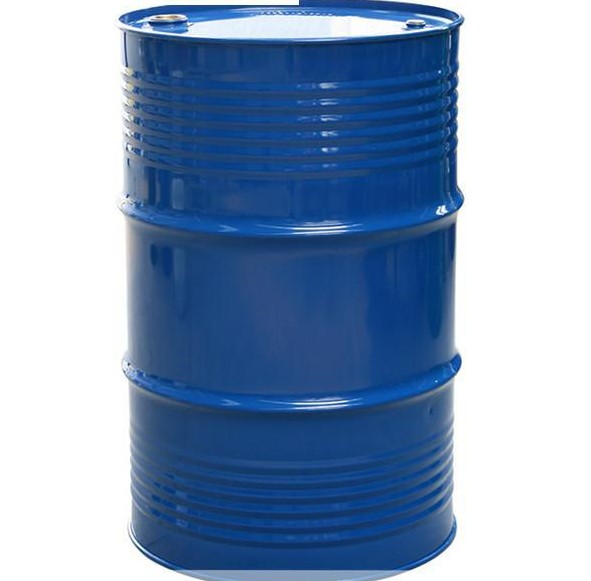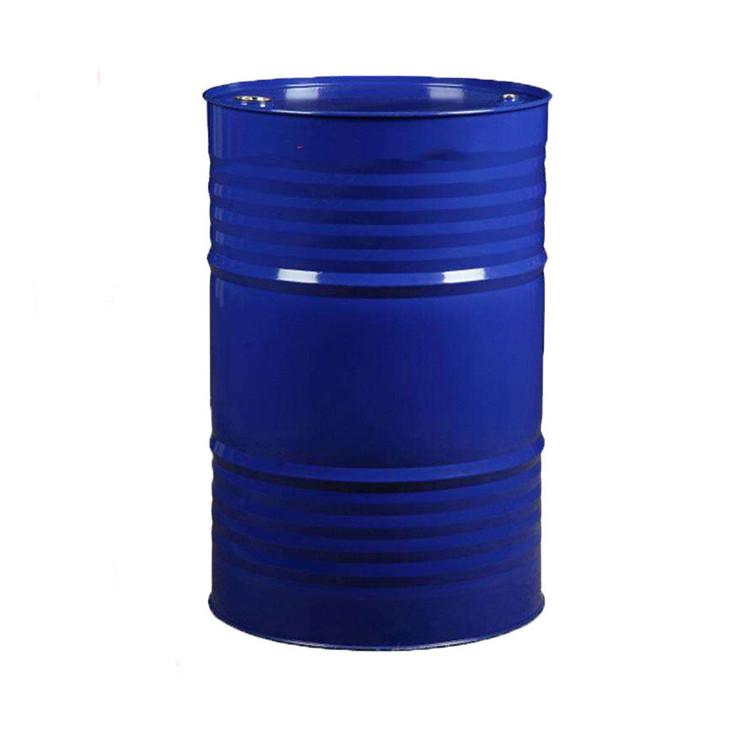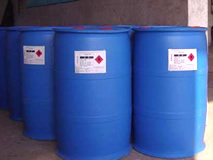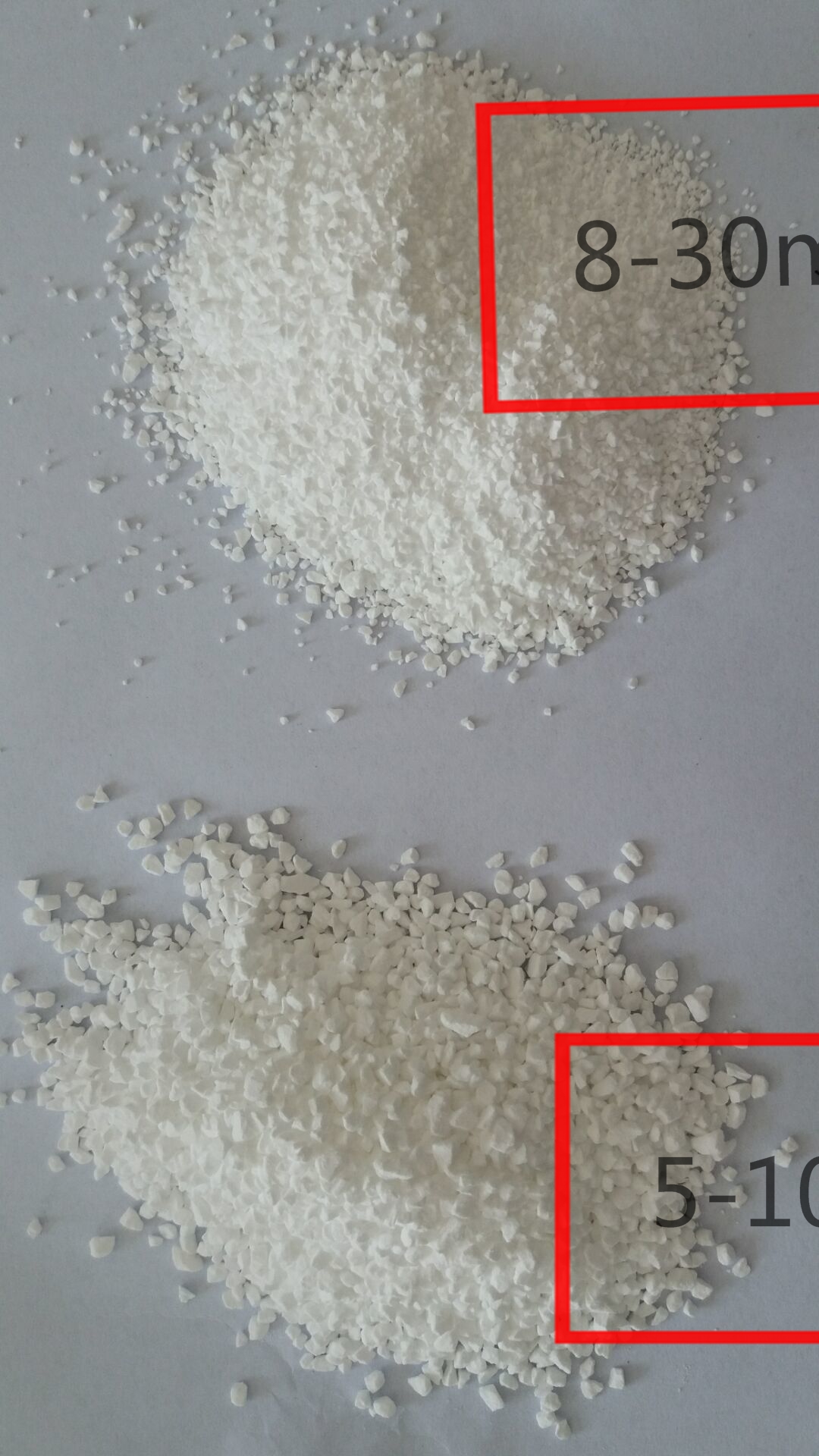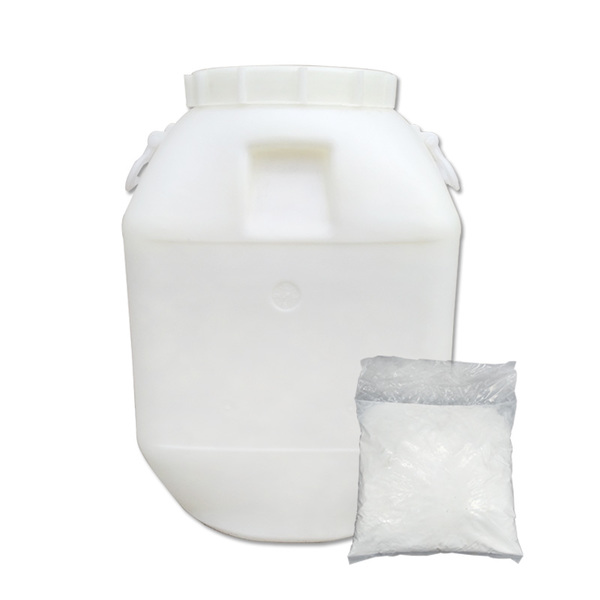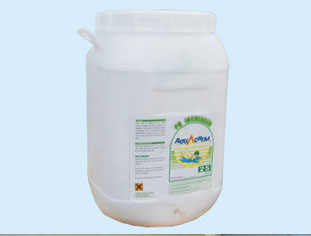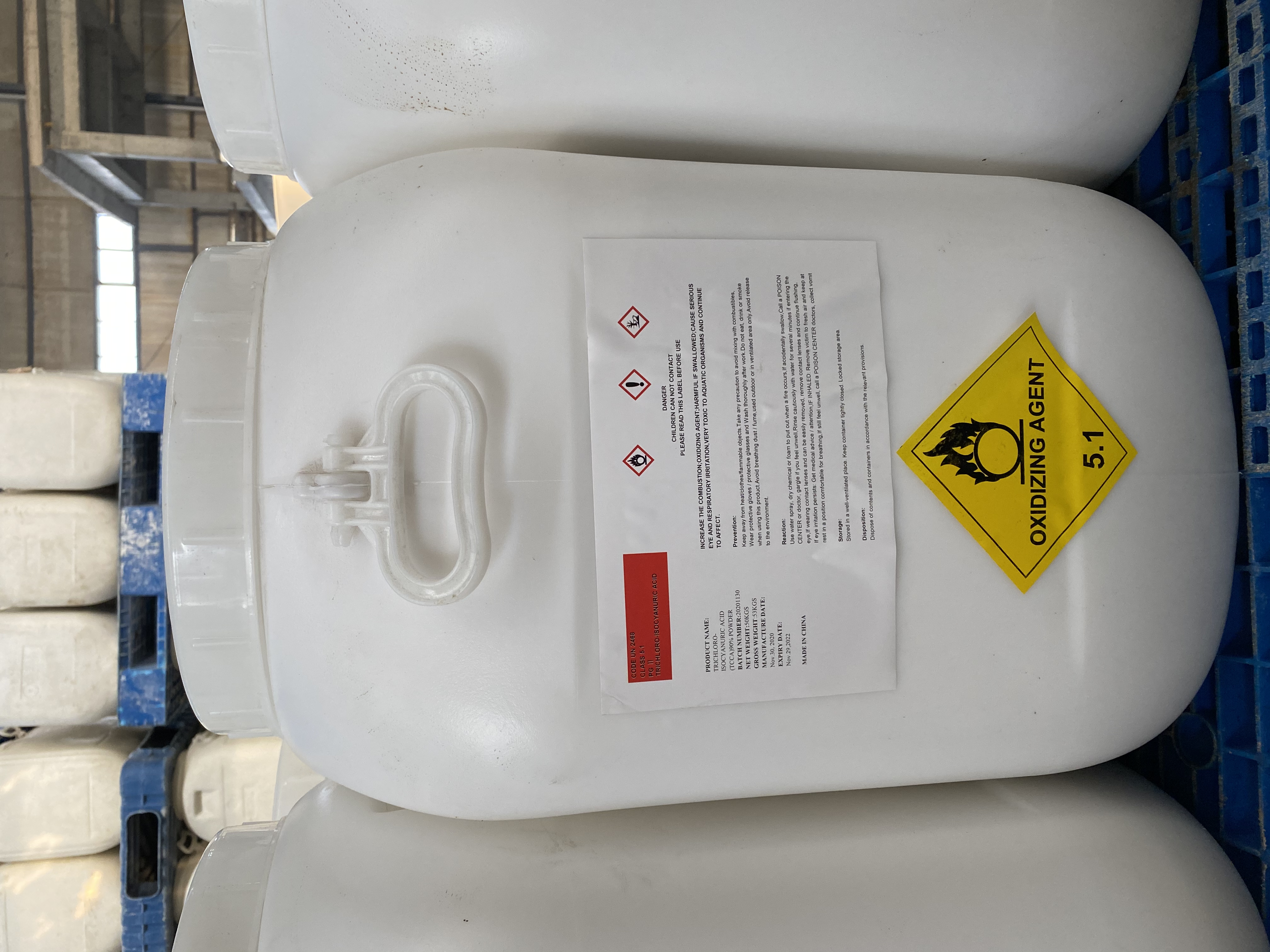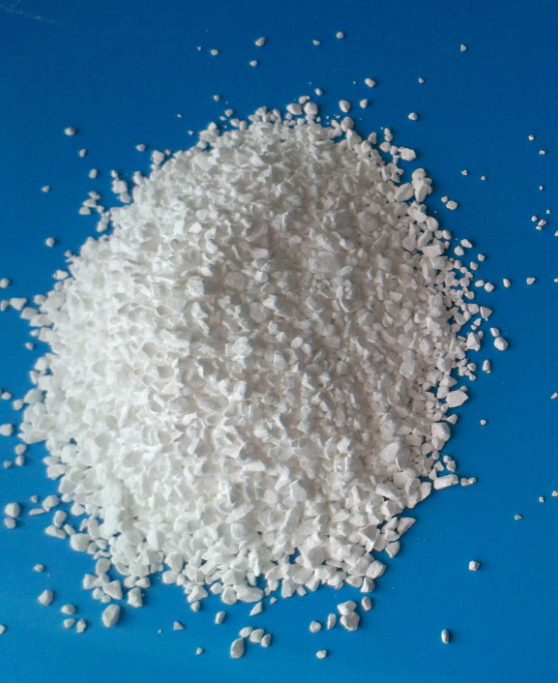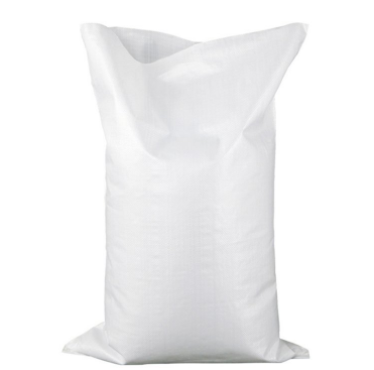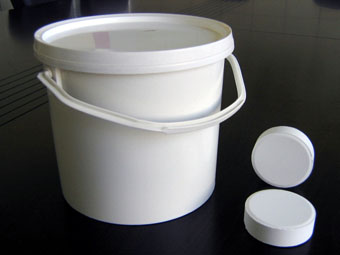Auxiliary
Antioxidant
Other Auxiliary Agent
Petroleum Additives
Adsorbent
Water Treatment Chemicals
Rubber Additives
Adhesive Additives
Cross-Linking Agent
Flame Retardants
UV Absorbers
Organic Extractant
Resin Additives
Electronics Chemicals
Pesticide Additives
Building Chemicals
Plastic Additives
Oilfield Chemicals
Adhesive
Plastic Rubber Chemicals
Paper Additives
Molecular Sieve
Coating Additives
Textile Auxiliaries
Fluorescent Brightener
Polyethylene Glycol Derivatives
Coupling
Forest Chemicals
Leather Auxiliary Agents
Beneficiation Agents and Smelting Additives
Dye Auxiliaries
Find
2506
related chemicals for youAlias
More Information
E/Vc/VL; Vac/E/Veova; Vac/Veova; A/S; Vac/A/Veova; PVac; SBR; VAE; RDP; Redispersible Polymer Powder
Brief Introduction
The redispersible latex powder is made from vinyl acetate ethylene copolymer emulsion by spray drying. The product is designed and manufactured for practical application, with stable quality and high cost performance. It is suitable for the production of dry mixed mortar. It is a free flowing polymer white powder, which can be easily emulsified and dispersed in water to form a stable emulsion. It can be mixed with other powdery materials such as cement, sand and lightweight aggregate in the production plant according to the corresponding matching ratio in the drying state to mix and stir the cement dry mixed mortar with good quality and convenient use, so that the error and inconvenience of on-site mixing and mixing metering can be reduced.
Suppliers
View More Vendors (9) >
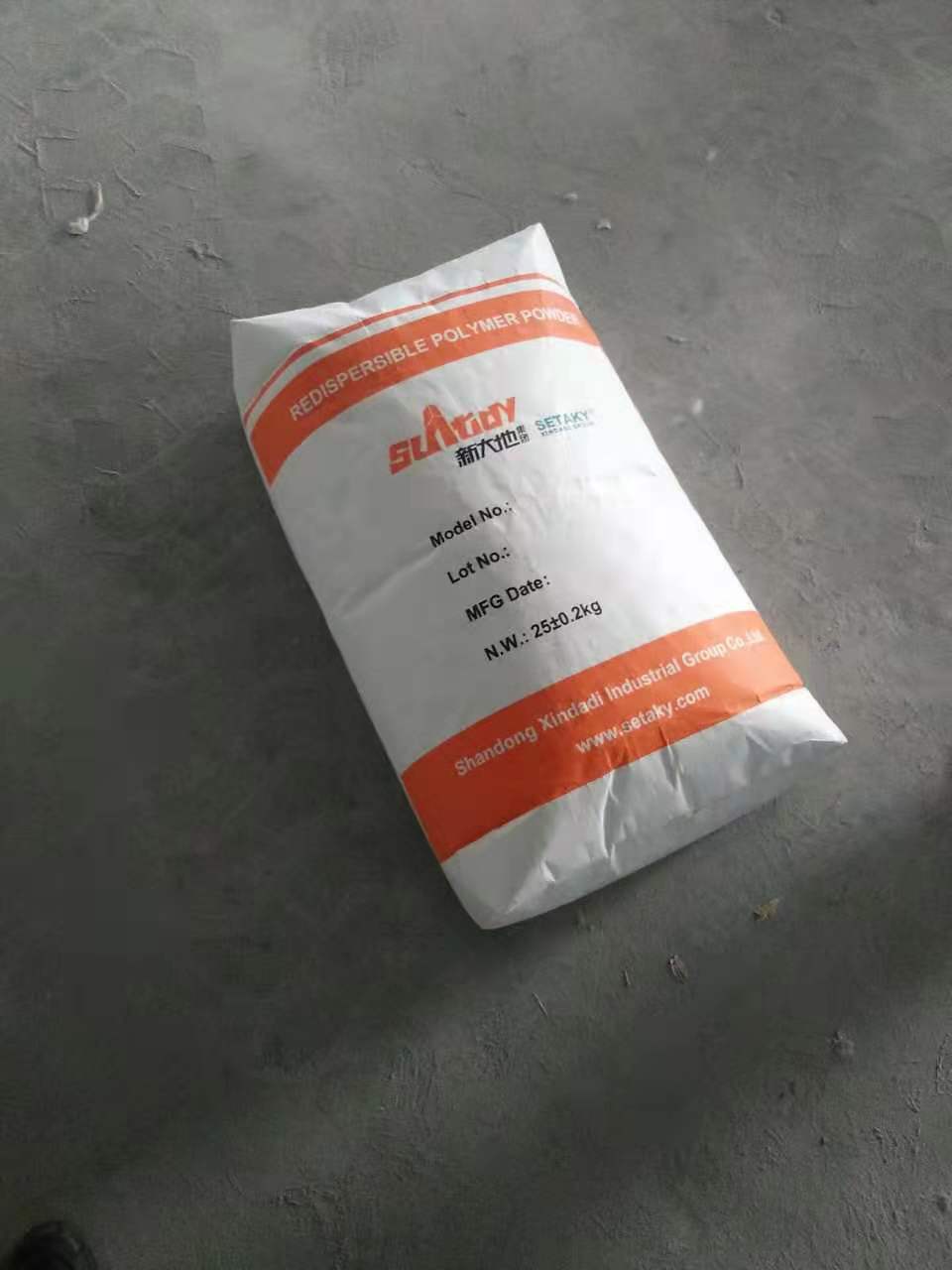
XDD-740 self leveling special rubber powder
/
Tech Grade
25kg
/
Woven Bag
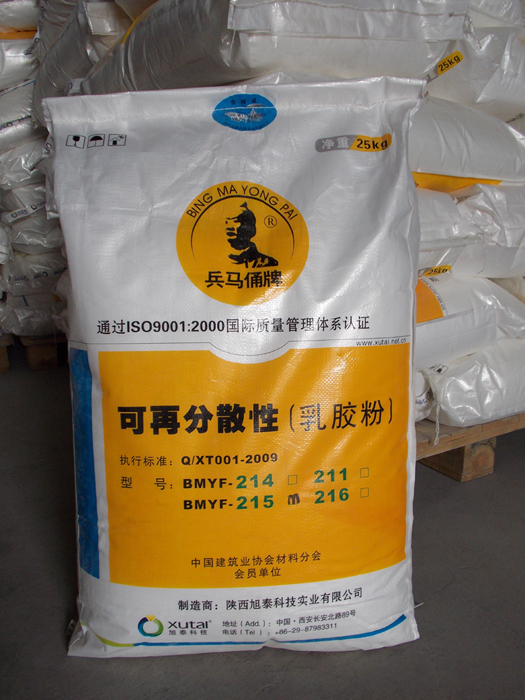
BMYF-312 Non volatile matter content≥98.0%,Stacking density g/l:400 ~600,Lowest membrane-forming temperature:Approx 5℃
/
Tech Grade
25kg
/
Woven Bag
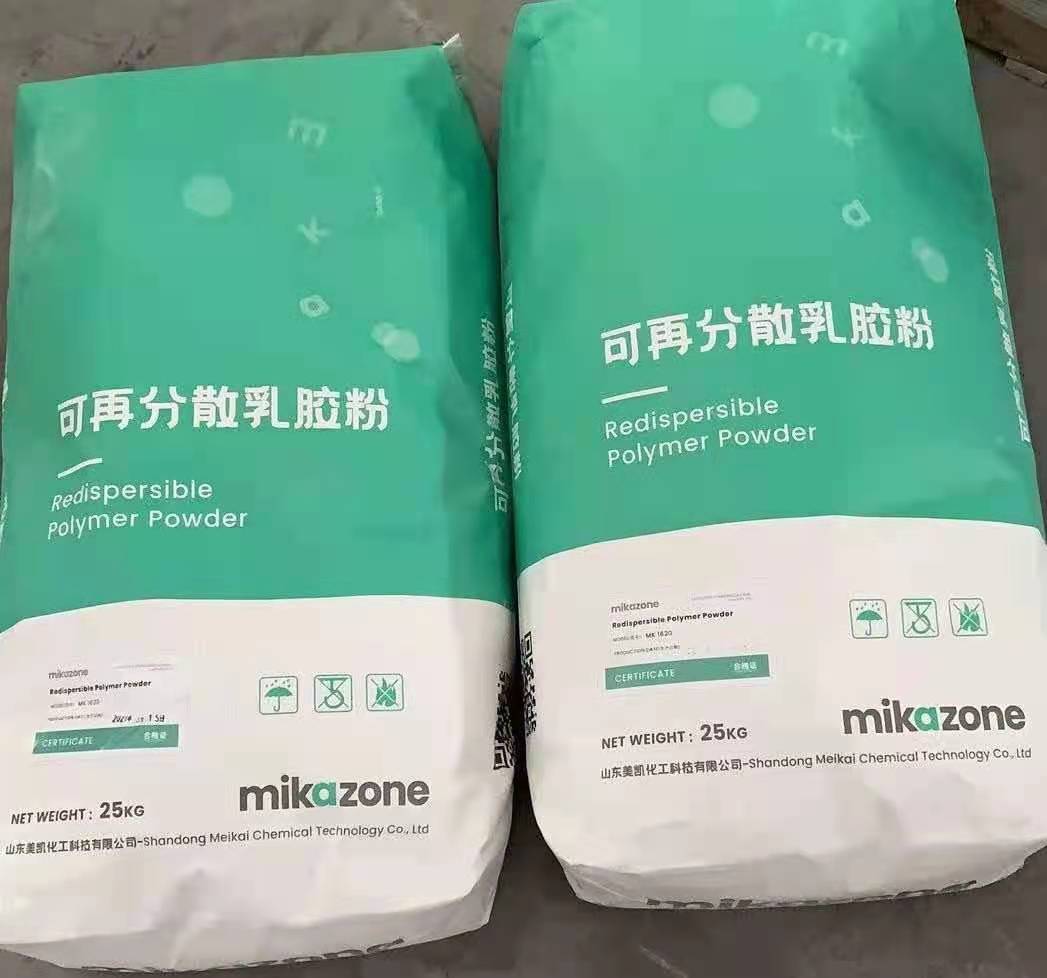
MK-1610 Solid content ≥96%, bulk density g/l: 400-600, glass transition temperature (tg): 2℃, Use: flexible
/
Tech Grade
25kg
/
Paper Bag
CAS:7681-52-9
Molecular Formula:ClNaO
Alias
More Information
Clorox; Chlorine Base Compound; Antiformin; Teepol Bleach; Sodium Hypochlorite Solution; SODA Bleaching LYE; b-Kliquid; Carrel-Dakinsolution; Chloros; Chlorous acid; Sodium Hypochlorite Disinfectant; Hypochlorous Acid,; Sodium Salt; Sodium Oxychloride; Chlorox; Javex; Sodium Chlorine Monoxide; Parozone; Chlorine Bleach; Purinb; Commercial Bleach; Sodium Hypochloride; Milton; Deosan; Naocl; Klorocin; Diversolbx; EPA Pesticide Chemical Code 014703; Hospitalmilton; Hyclorite; Hypochloritedesodium; Hypochloritesolutioncontaining>7%Avaliablechlorinebywt.(Un1791); Hypochlorousacid,Sodiumsalt; Hyposanandvoxsan; Sodium Hypochlorite Tablets; Hypochloride Sodium; Sodium Hypochlorite FOOD Grade; Hypochlorite; Sodium Hypochloride Tablets
Brief Introduction
Sodium hypochlorite, chemical formula NaClO, is the hypochlorite of sodium. Hypochlorous acid produced by the reaction of sodium hypochlorite with carbon dioxide is an effective component of bleach.
Suppliers
View More Vendors (8) >
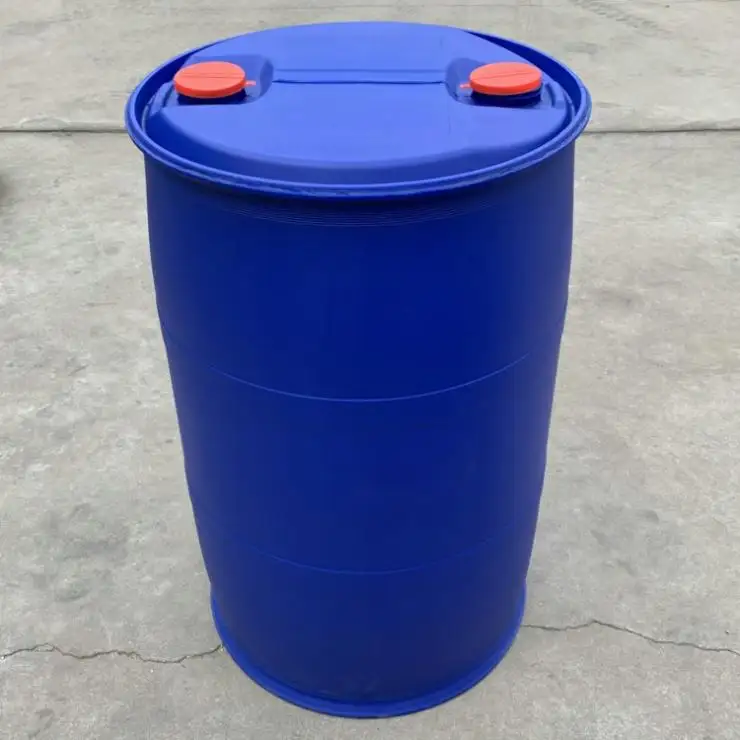
Available chlorine: 5%; 10%; 13%
/
Tech Grade
25kg
/
Plastic Drum
苏州嘉鼎化学有限公司
10%
/
-
CAS:7758-29-4
Molecular Formula:Na5O10P3
Alias
More Information
Sodium Triphosphate; Pentasodium Triphosphate; Sodium Tripolyphosphate (STPP); Stpp; Armofos; Empiphosstp-D; Freez-Gardfp19; Natriumtripolyphosphat; Stpp food Grade; sttp
Brief Introduction
Sodium tripolyphosphate is a white powder crystal with good fluidity. It is easily soluble in water and its aqueous solution is alkaline. Sodium tripolyphosphate is commonly used in food as water retention agent, quality improver, pH regulator and metal chelator. For example, sodium tripolyphosphate can increase the tenderness of meat, and can also be used as food improver of fish products and clarifier of drinks.
Suppliers
View More Vendors (8) >
CAS:818-61-1
Molecular Formula:C5H8O3
Alias
More Information
2-Hydroxyethylacrylat; Glycolmonoacrylate; 2-HEA; Hydroxyethyl Acrylate; 4-Acryloyloxyethyl Alcohol; Hea
Brief Introduction
HEA is mainly applied in the production of thermosetting coating, cementing compound, polycarboxylate superplasticizer and synthetic resin copolymer modifier.
Suppliers
View More Vendors (8) >
CAS:87-90-1
Molecular Formula:C3Cl3N3O3
Alias
More Information
Trichloroisocyanuric Acid; Trichloroisocyanuric; Trichloro-S-Triazinetrione; 1,3,5-Trichloro-1,3,5-Triazinane-2,4,6-Trione; TCCA; Trichloroisocyanuric Acid (TCCA); Symclosene; 3 Chlorinating Tablets; HTH 3 Chlorinating Tablets; HTH 3 Chlorine Tablets; TCCA 90%; ÁCIDO Tricloro Tableta; TCCA 90; Acido Tricloro Tableta; TCCA Granules; tcca Tablet; Trichloro Isocyanuric Acid; Hth Chlorine 3;; Tablets; Tri Chloro Isocyanuric acid; tcca-90; Trichloreisocynuric acid; Trichloroisocyanuric Acid Tablets
Brief Introduction
Trichloro-s-triazinetrione, dry appears as a white slightly hygroscopic crystalline powder or lump solid with a mild chlorine-like odor. Said to have 85 percent available chlorine. Decomposes at 225°C. Moderately toxic by ingestion. May irritate skin and eyes. Active ingredient in household dry bleaches. Used in swimming pools as a disinfectant .
Suppliers
View More Vendors (8) >
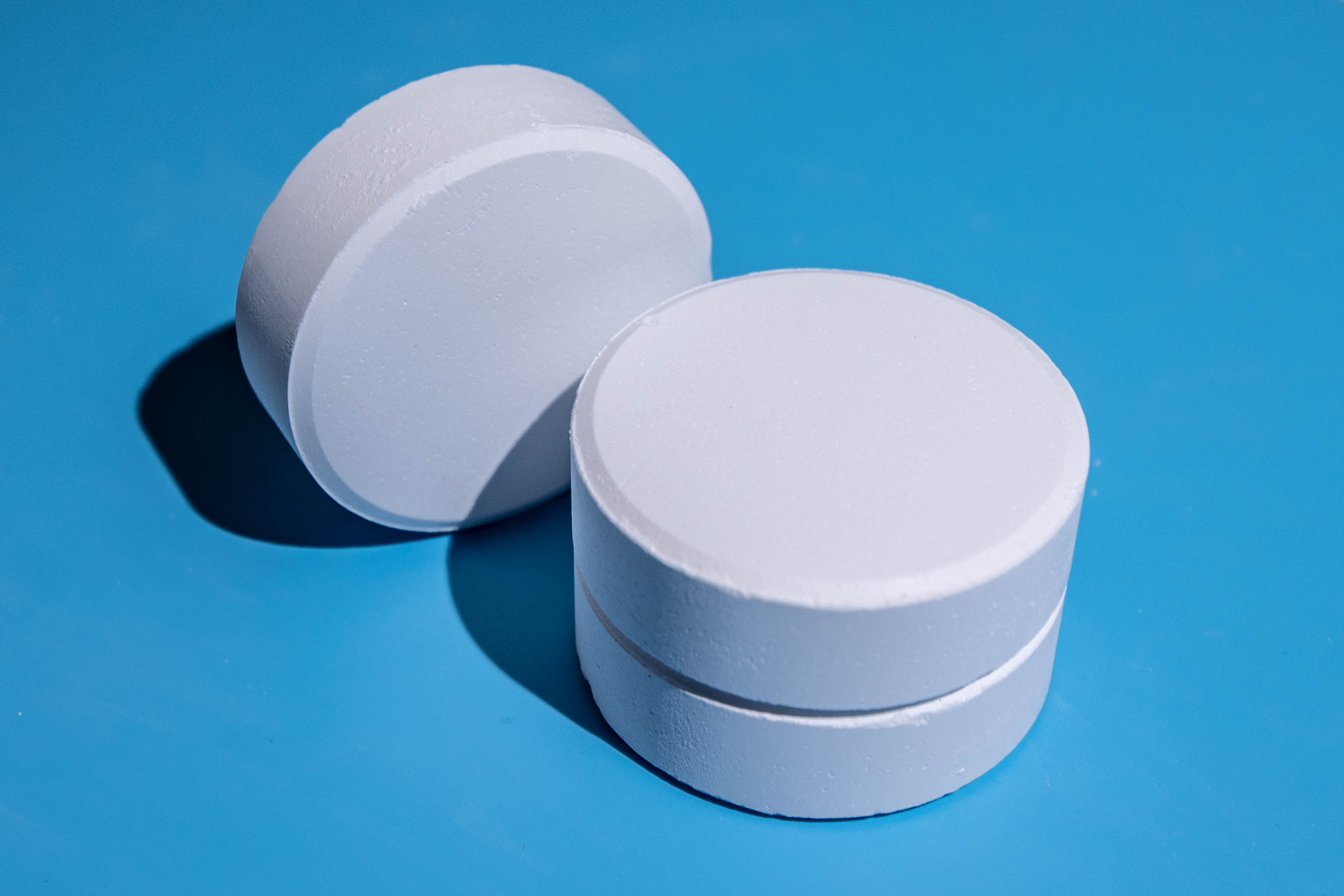
Effective chlorine content: 90%, 50%; Powder, granule and tablet support customization
/
Tech Grade
25kg
/
Plastic Drum
Inquiry (
10
/ 10
)
Clear All
You can inquire for up to 10 products at a time
Sign In
Error!

